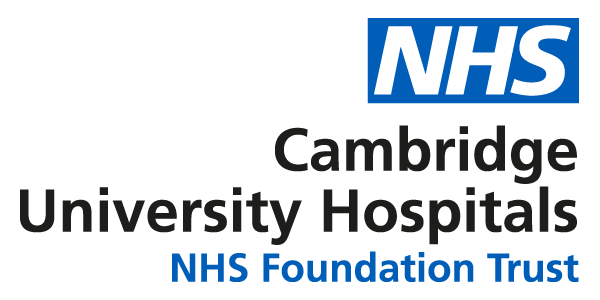It is important to limit the number of people who are feeding your baby, try to limit this to two people, ideally the main caregivers. Having lots of different people feed your baby can cause them to become stressed.
By restricting the feeding to 2 caregivers, it can help you and another person build a close relationship with your baby and help the baby feel safe and secure. This can support health brain development for your baby.
You can give bottle feeds whilst in skin to skin so baby can receive all the benefits whilst having a feed. You can find out more about skin-to-skin on our Benefits of breastfeeding and skin-to-skin page.
Responsive bottle feeding
Responsive feeding can also be known as feeding on demand. Responsive bottle feeding includes both expressed breastmilk and formula feeding. It encourages following your babies feeding cues to ensure they are fed when they need it. When bottle feeding your baby, make sure you:
- Offer the bottle in response to their feeding cues
- Pace the feeds, this is also known as paced bottle feeding
- Remove the bottle when your baby has had enough
- Avoid forcing your baby to finish the feed
Find out more about responsive bottle feeding and how to pace your baby's feeds at the Cambridge and Peterborough Children's Health website (opens in a new tab).
Paced bottle feeding
Responsive feeding - Cambridgeshire and Peterborough Healthy Child Programme - CCS NHS Trust
Link: https://vimeo.com/444599622
- Hold your baby close in a semi-upright position. This will help you see your baby’s face, look into their eyes and talk to them during the feed.
- Try to change which side you feed your baby on. For example, if you previously fed your baby on your right arm, feed them on your left arm.
- Gently stroke the bottle teat on your baby’s top lip. When they open their mouth, gently guide the bottle teat in.
- Keep the bottle horizontal so the milk does not flow too fast.
- Watch your baby as you feed them. Your baby will pause while they feed. When they pause, stop the flow of milk by gently removing the bottle or lowering the bottle. This will help you pace the feed. It will also reduce the chances of you overfeeding your baby.
Signs that baby needs a break from feeding are:
- They may wriggle back from the bottle teat
- Push their teat out with their tongue
- Start to dribble the milk from the corners of their mouth
- Splay their fingers and/or toes
Your baby will know when they’ve had enough milk. Your baby does not need to finish the bottle at every feed.
What formula?
It can be confusing and overwhelming to know what formula milk to buy for your baby.
All infant formula on the UK market must meet compositional regulations, so all products are perfectly ok to feed a baby. More expensive brands still have to meet the same compositional standards as cheaper brands.
Formula fed babies should be given a first stage or stage 1 infant milk only for the first year. If there is a dietary need for an alternative then support and advice should be sought from a paediatric dietician, your GP can refer you for this support.
For more evidence based information please follow the link on the First Steps Nutrition page (opens in a new tab).
What do I need to bottle feed?
The items you'll need to formula feed your baby are:
- Bottles with teats and bottle lid
- Bottle brushes
- Infant formula powder or ready-to-feed liquid formula
- Sterilising equipment
We do not recommend using formula preparation machines, such as Prefect Prep or Baby Brezza. These machines do not meet NHS guidelines to make up a feed using fresh boiled water up at 70 degrees. This can cause your baby to get sick.
Sterilisation
For information on safe sterilisation, please see information about sterilisation on our Expressing page.
Making up a feed
If you're formula feeding your baby, you can find out how to make up a feed on the NHS/Start for Life website. (opens in a new tab)
You you find help on what you need to buy, how much and what type of formula is right for your baby – as well as how to make sure everything is safe and clean.

